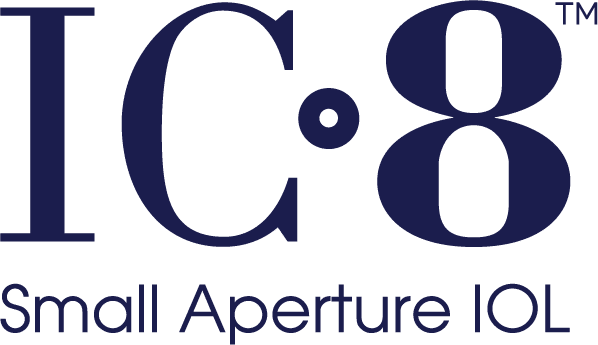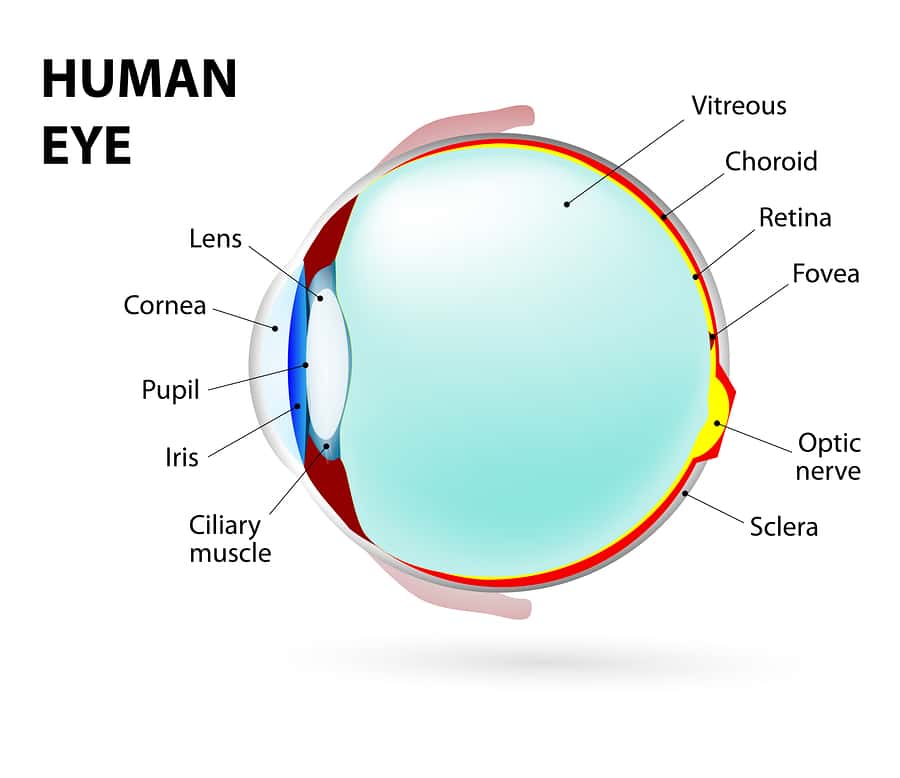Have you ever wondered exactly how your eyes work? It’s actually similar to the way a camera works. Or rather, a camera works in a way similar to your eyes. Light from something you are looking at passes through the lens of your eye in the same way that light rays pass through the lens of the camera.
How does it really work?
More precisely, light enters your eye through the cornea, which is the transparent layer on the front surface of the eye. The light then flows into the pupil, which is the black hole you see in the middle of the iris (the colored part of the eye). The pupil works like a camera shutter. It enlarges and shrinks depending on how much light is entering the eye.
Behind the iris is the natural lens of the eye. The lens is made up of flexible, transparent tissue and its main function is to focus light and images onto the retina, the sensory membrane that lines the surface of the back of the eyeball. It’s the retina that converts the image into electrical impulses that get sent through the optic nerve directly to the brain, which then translates the impulses into a visual image. It all happens continuously and instantly to allow us to see from near to far.
What happens when the eyes can’t focus light properly?
Sometimes our eyes just don’t focus light efficiently. There are many reasons, but it usually comes down to the fact that the size and shape of the eye affect how well it can focus light. The differences in size and shape can cause some people to have refractive errors, such as myopia, hyperopia or astigmatism. And even if we have always seen perfectly, as we age, there are two visual conditions that nearly everyone will eventually develop – presbyopia and cataracts.
What is presbyopia?
Presbyopia is the clinical term for the loss of focusing ability of the eye. It typically starts to affect us when we are in our 40s or 50s. Over time, the natural lens of the eye becomes less flexible. This hardened lens can no longer change shape to focus on close-up images. Reading and other near vision tasks may become difficult and most people need to rely on reading glasses or some other form of vision correction.
What is a cataract?
A cataract occurs when the natural lens of the eye, which is normally transparent, becomes cloudy. Aging, injury and other health problems can cause proteins to clump together in the lens, making it appear cloudy. This clouding keeps light from reaching the back of the eye and causes images to lose their sharpness and appear dull or blurry. While cataracts typically grow slowly, the only way to correct vision is to remove the clouded natural lens of the eye and replace it with an artificial lens known as an intraocular lens or IOL.
Can I have both presbyopia and cataracts?
Quite commonly, people with presbyopia eventually develop a cataract or vice versa, leaving them with both conditions simultaneously. They may experience dull, faded vision and struggle to perform near vision tasks.
Is there a solution to simultaneously treat presbyopia and cataracts?
There are many different types of IOLs. Some are designed to correct distance vision, some near vision, and a newer technology called an extended depth of focus (EDOF) IOL can correct vision across a range of distances. The IC-8 lens is an EDOF IOL, currently available in select countries.
Learn more about the IC-8 lens for cataract surgery in your area.
Learn more about the IC-8 lens clinical study.
For more information:
https://allabouteyes.com/understanding-different-parts-eye/
https://www.allaboutvision.com/resources/retina.htm
https://www.allaboutvision.com/resources/cornea.htm
https://www.aao.org/eye-health/diseases/what-is-presbyopia
https://www.allaboutvision.com/conditions/cataracts.htm



